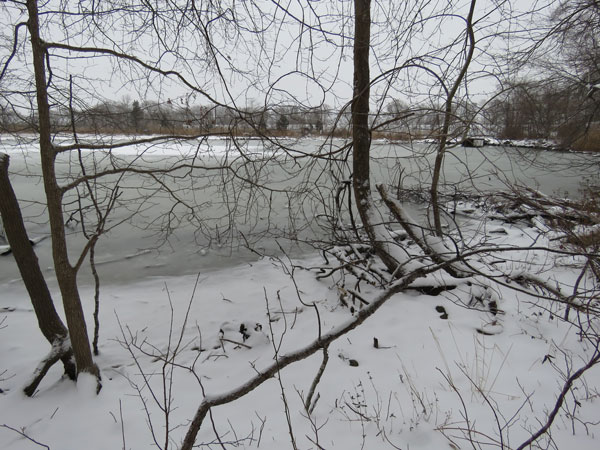
from Griswold Point
There is another “point” north of the beach at Eastern Point, a little up the Thames River, called Griswold Point by the locals, even though I cannot seem to find that name on a map. The grand luxury Griswold Hotel was once located here (1906-1967); part of a golf course now occupies the space. There is a small nameless park area and a street between the golf course and the river. I didn’t know we were allowed to park on the street but Tim said we are so we decided to visit the spot on Monday.

It was interesting seeing these two lighthouses from a different point of perspective.

Tim drew my attention to the river where a couple of unfamiliar ducks were sitting on a rock. A wave from a ferry came along and washed them off the rock and we watched them swim away, their dignity intact.




Nearby we spotted some brants swimming…

And then, much to my delight, a little song sparrow decided to pose on the branch of a bush. He might be part of the flock that was living down by the beach because when I got to there later I found that their thicket had been removed and they were gone. 🙁



And then Tim spied a tall ship on the horizon. He guessed (correctly) it was the USCGC Eagle returning to port.

So we hopped back in the car and headed for Eastern Point to watch it come in. When we got there we could hear the sailors’ voices across the water even though they were so far away. The water was very calm.

While we waited for the tall ship to come closer we took a walk on the sand…


When we came back to the rocks and Tyler House we found a crow waiting, too.


(training cutter for future officers of the United States Coast Guard)


And this time coming home, some crocuses waiting for me in my garden. 💙



























































































